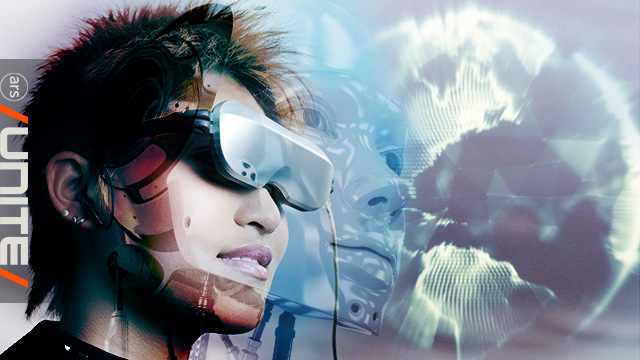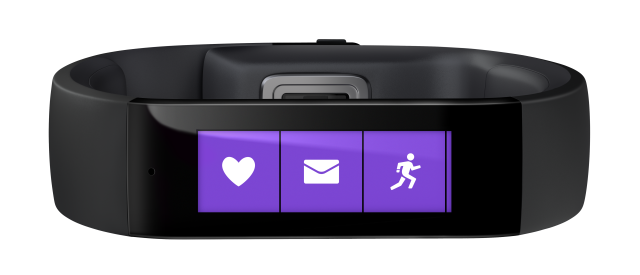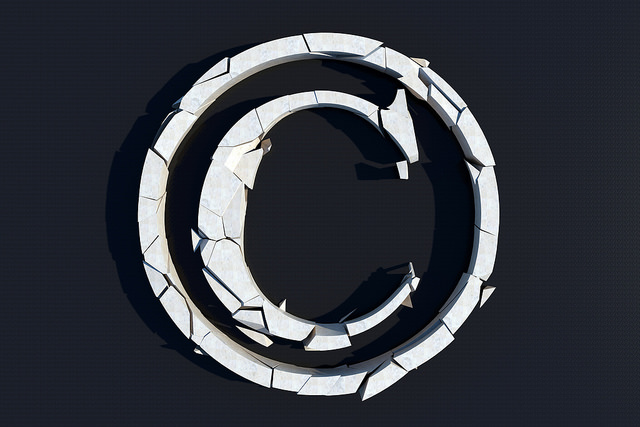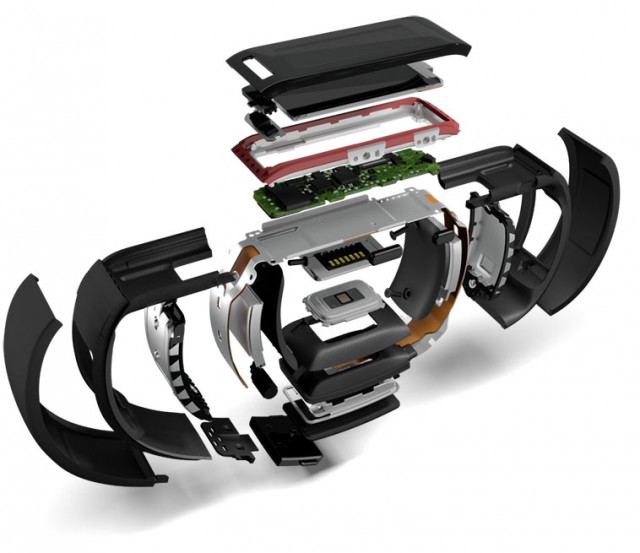Incoming European Commissioner for the Digital Economy, Germany’s Günther Oettinger, seems to have little patience for Google.
Month: October 2014
Copyright Office to Consider 6th Round of Exemptions for Dodging DRM
Since 1998, breaking most types of digital locks, often called Digital Rights Management (DRM), is against the law. Even well-lawyered companies that tried to plead fair use, as RealPlayer did in 2008, have been crushed. What chance does a regular Joe have?
But if you have a legal use for copyrighted content, there is an “out.” Every three years, the Copyright Office accepts petitions on what activities should get an “exemption” under the 1998 Digital Millennium Copyright Act (DMCA). The sixth tri-annual rulemaking is now upon us, and the deadline is this Monday, November 3.
“It’s not a heavy lift to file a petition,” said Sherwin Siy, VP of legal affairs at Public Knowledge, an advocacy group that’s long been active on copyright issues. “Five pages, max, short and sweet.”
Read 8 remaining paragraphs | Comments
Moving Past The Password, But At What Cost?
Apps working with a new Twitter service would simply ask for your phone number instead of a password. In exchange, the company would get some of the most valuable information about you.
Beyond Gaming, the VR Boom is Everywhere—from Classrooms to Therapy Couches

Welcome to Ars UNITE, our week-long virtual conference on the ways that innovation brings unusual pairings together. Today, a look at how virtual reality excitement is happening beyond the world of gaming. Join us this afternoon for a live discussion on the topic with article author Kyle Orland and his expert guests; your comments and questions are welcome.
When Oculus almost single-handedly revived the idea of virtual reality from its ‘90s vaporware grave, it chose the 2012 Electronic Entertainment Expo as the place to unveil the first public prototype of the Rift headset. The choice of a gaming convention isn’t that surprising, as the game industry has been the quickest and most eager to jump on potential applications for VR. Gaming has already demanded the majority of the attention and investments in the second VR boom that Oculus has unleashed.
But just as the Rift itself is the result of what Oculus calls a “peace dividend from the smartphone wars,” other fields are benefiting from virtual reality’s gaming-driven growth. Creators all over the world are looking beyond entertainment to adapting head-mounted displays for everything from psychotherapy, special-needs education, and space exploration to virtual luxury car test drives, virtual travel, and even VR movies. The well-worn idea of “gaming on the holodeck” may be driving much of the interest in virtual reality, but the technology’s non-gaming applications could be just as exciting in the long term.
Read 42 remaining paragraphs | Comments
Ford Taps Israel’s Mishor 3D for Augmented Reality Navigation
Mishor 3D develops a technology that projects navigation routes and places of interest onto cars’ windscreens so that the graphics seem to appear as if they’re on the road itself.
China Denies Shutting Foreign Sites
The director of China’s internet regulator admits that some foreign websites cannot be visited but denies shutting them down.
EU’s New Competition Chief Could Shake Up Google Antitrust Case
Nearly 20 companies have filed antitrust complaints against Google in Europe since 2009. Under the new commissioner, the company could face more formal charges and billions of dollars in fines.
Microsoft Band and Microsoft Health: The $199 All-Platform Fitness Band

After being leaked just a few hours ago, it’s now official: Microsoft’s first entry into the wearable space is Microsoft Band, a fitness band.
The gadget isn’t a smartwatch and isn’t intended to replace your watch. It’s a Bluetooth fitness band packed full of sensors: optical heart rate sensing, 3-axis accelerometers with a gyroscope to track movement, GPS to track your runs even if you leave your phone at home, skin temperature, galvanic skin response presumably to measure sweating, ambient light and UV light, and a microphone so it can be used with Cortana on Windows Phone.
The 1.4-inch touch screen with its 320×106 resolution can deliver alerts, and there’s a vibration motor too. Twin 100mAh batteries give it 48 hours of what Microsoft calls “normal use” though GPS can shorten this. The charge time is 1.5 hours, using a magnetically attached USB charger. There are three different sizes, so it should fit on most wrists.
Read 7 remaining paragraphs | Comments
IBM and Twitter Forge Data Partnership
IBM and Twitter announced a far-reaching alliance to apply data from the microblogging service to solve business problems.
CurrentC, Retailers’ Trial Payment System, Is Hacked
CurrentC, a payments system backed by retailers that rivals Apple’s new offering, said hackers stole the email addresses of some people participating in the consortium’s pilot project.


